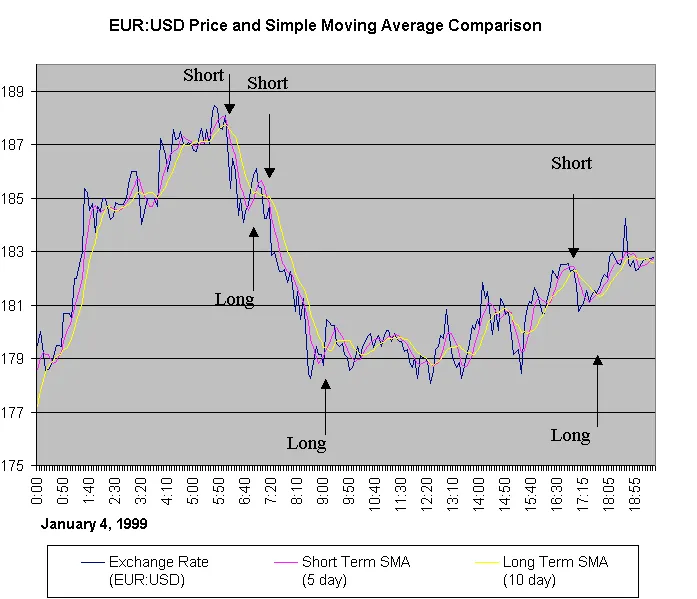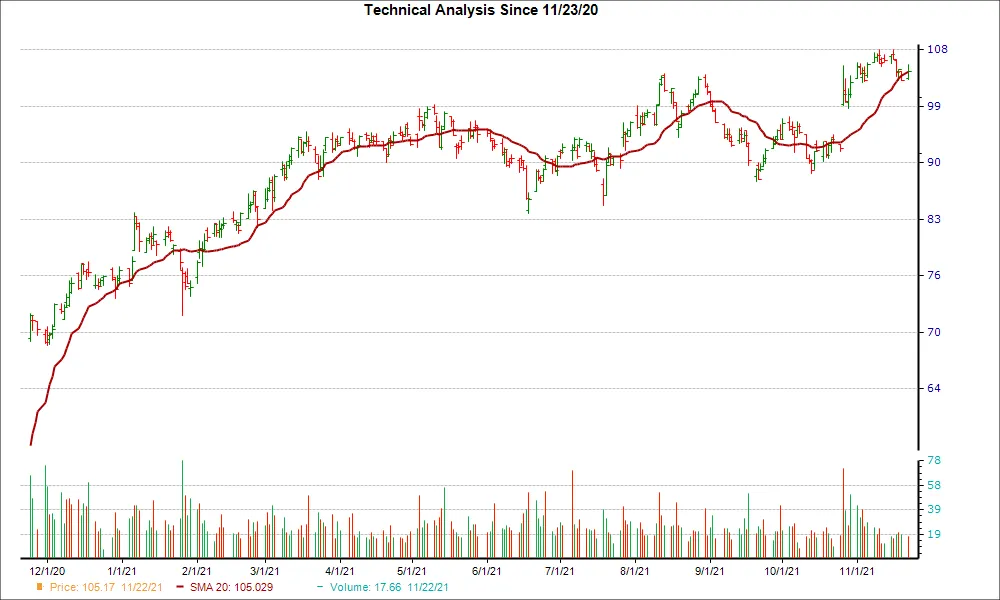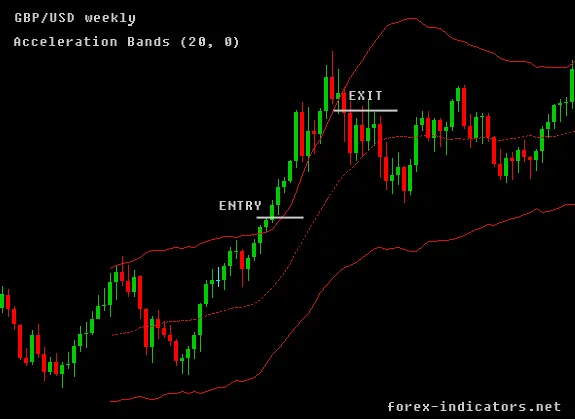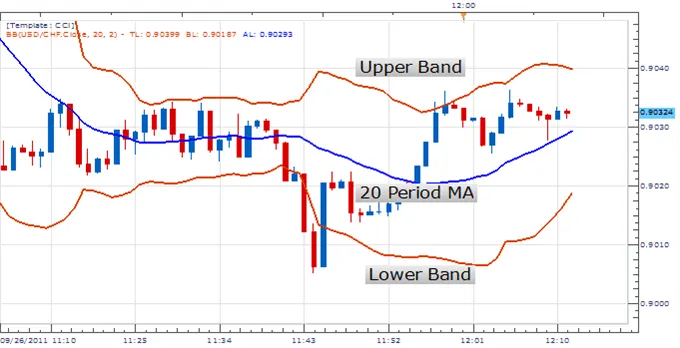ATR Trailing Stop Study
By Samantha Baltodano
TL;DR:
ATR Trailing Stops are a way of using the Average True Range (ATR) indicator to set trailing stop-losses in order to exit positions or signal entries in conjunction with a trend filter.
They are more volatile than stops based on moving averages and are prone to whipsaws, so it is important to use a trend filter.
ATR Trailing Stops are more adaptive to varying market conditions than percentage trailing stops, but achieve similar results when applied to stocks with a strong trend.
What Is ATR Trailing Stop Study?
ATR Trailing Stops are a way of using the principles behind the Average True Range (ATR) study - a measure of the degree of price volatility - and using it to set trailing stop-losses.
The idea is that ATR gives a guide to the average volatility of price movements over a given period, making it easier to be more precise about where to set the stop-loss.
The ATR indicator that ATR Trailing Stops are based on attempts to consider period to period changes as well as the range for the current period. By doing so, it incorporates volatility into the mix so that stops for more volatile stocks are wider and stops for more sedate stocks are narrower.
ATR Trailing Stops Default Values
Typical ATR time periods used vary between 5 and 21 days. Wilder originally suggested using 7-days, short-term traders use 5, and longer term traders 21 days.
Multiples between 2.5 and 3.5 x ATR are normally applied for trailing stops, with lower multiples more prone to whipsaws.
The default is set as 3 x 21-Day ATR.
Formula
Trailing stops are normally calculated relative to closing price:
- Calculate ATR
- Multiply ATR by your selected multiple — in our case 3 x ATR
- In an up-trend, subtract 3 x ATR from Closing Price and plot the result as the stop for the following day
- If price closes below the ATR stop, add 3 x ATR to Closing Price — to track a Short trade
- Otherwise, continue subtracting 3 x ATR for each subsequent day until price reverses below the ATR stop
- You can also utilize a ratchet mechanism so that ATR stops cannot move lower during a Long trade nor rise during a Short trade
Trade Signals
The Average True Range Trailing Stop is similar to other trailing stop methods.
If price action remains above the stop in up trends and below it for down trends, the position is held.
As soon as price crosses the stop, the position is exited.
Signals for exits look like:
- Exit your long position (sell) when price crosses below the ATR trailing stop line.
- Exit your short position (buy) when price crosses above the ATR trailing stop line.
While not conventional, they can also be used to signal entries — in conjunction with a trend filter.
Limitations
ATR Trailing stops are more volatile than stops based on Moving Averages and are prone to whipsaw you in and out of positions except where there is a strong trend. That is why it is important to use a trend filter.
ATR Trailing Stops are more adaptive to varying market conditions than Percentage Trailing Stops, but achieve similar results when applied to stocks that have been filtered for a strong trend.
Summary
- ATR Trailing Stops are a way of using the Average True Range (ATR) indicator to set trailing stop-losses
- The ATR is a measure of price volatility and helps to be more precise about where to set the stop-loss
- ATR Trailing Stops are calculated relative to the closing price and can be used to exit positions or, in conjunction with a trend filter, signal entries
- They are more volatile than stops based on moving averages and are prone to whipsaws, so it is important to use a trend filter
- ATR Trailing Stops are more adaptive to varying market conditions than percentage trailing stops, but achieve similar results when applied to stocks with a strong trend
ATR Trailing Stop is just one of many studies that Archaide automates. For a full list of strategies and studies available click here.
Like what you read? Check out the rest of our content!




